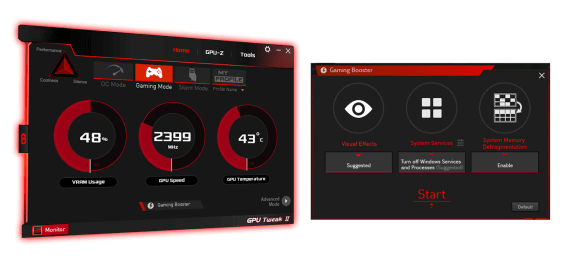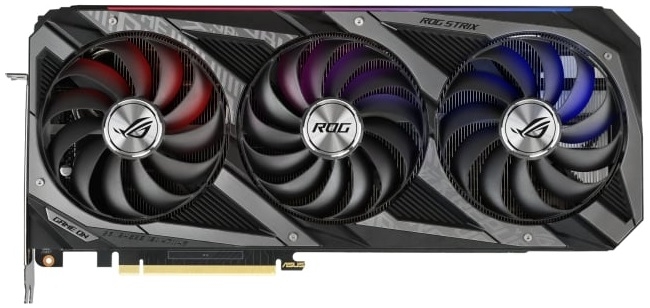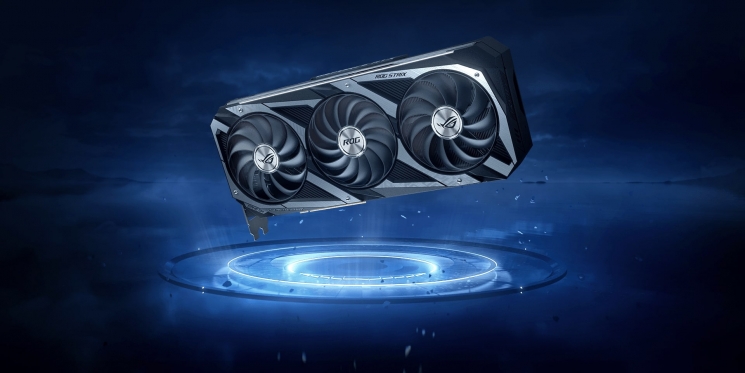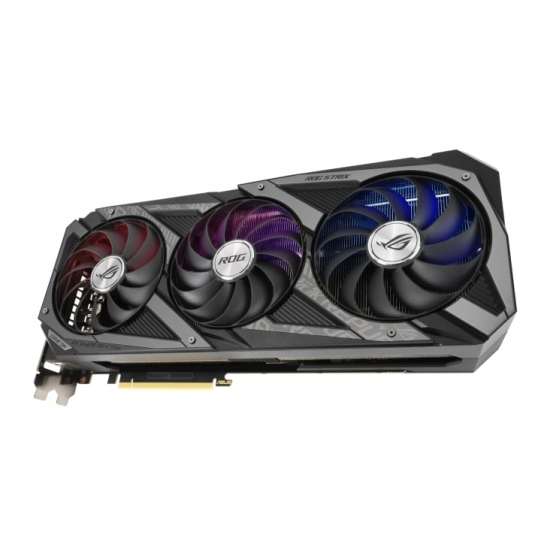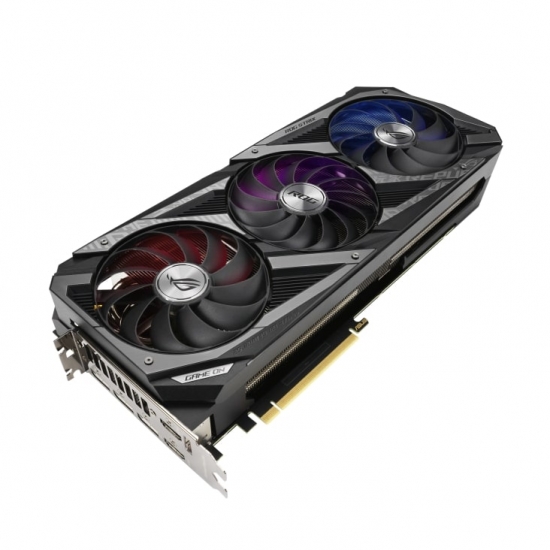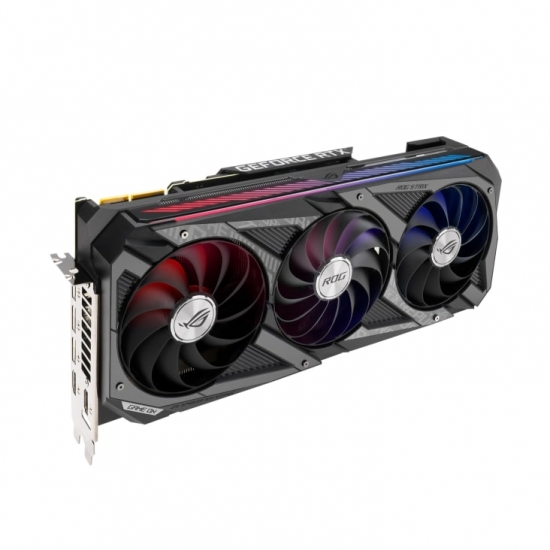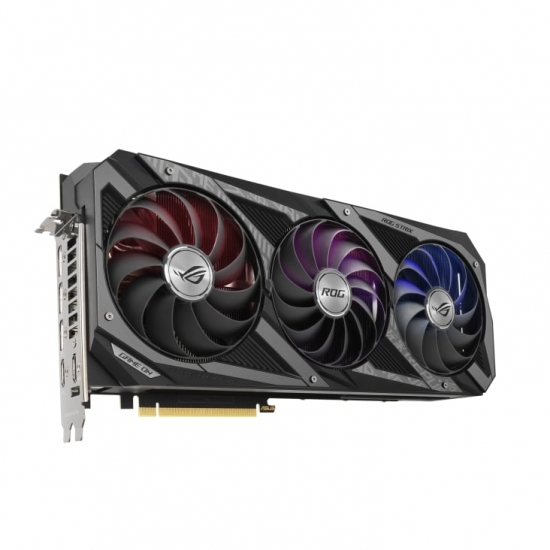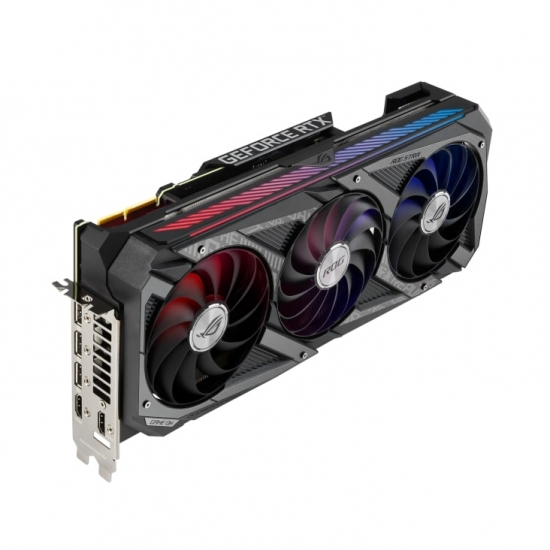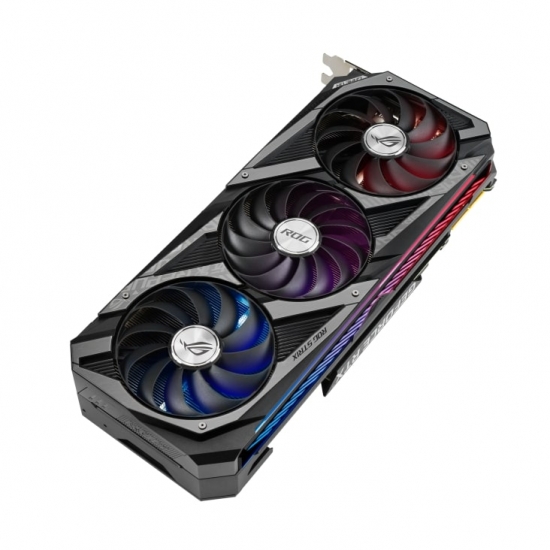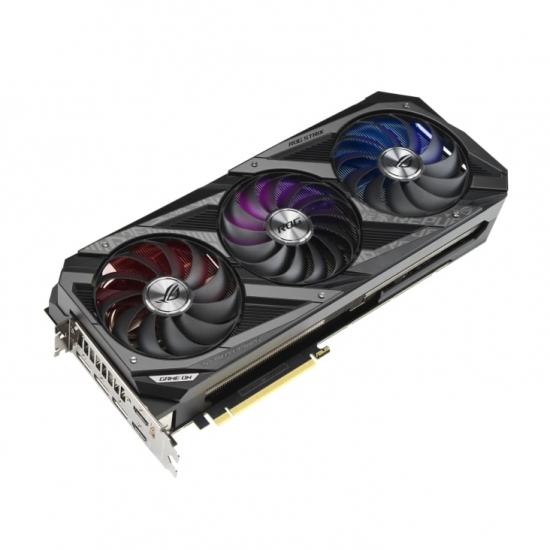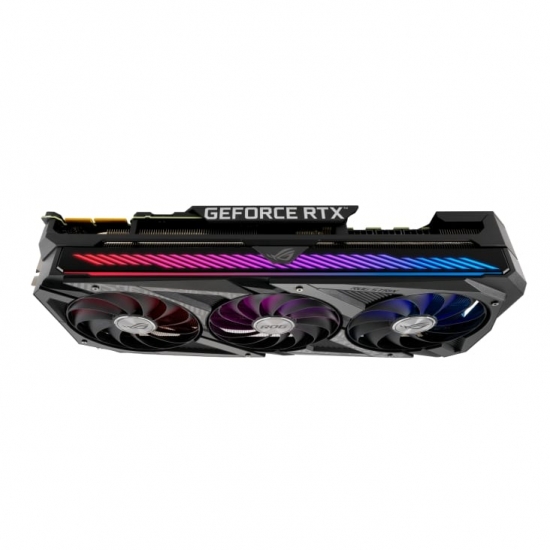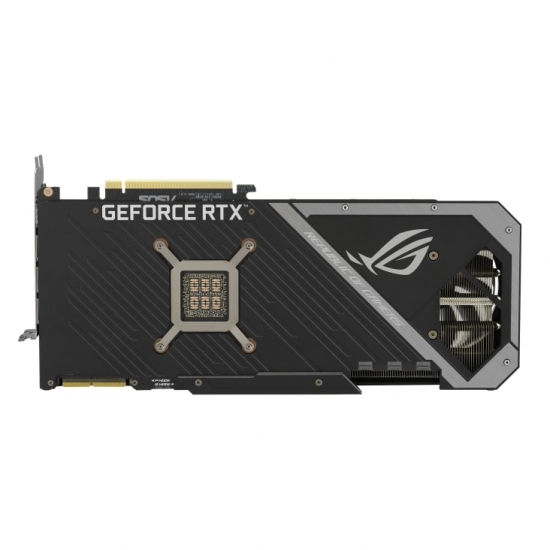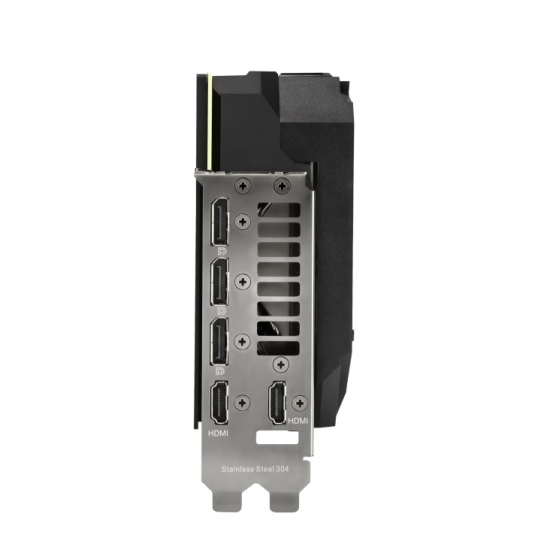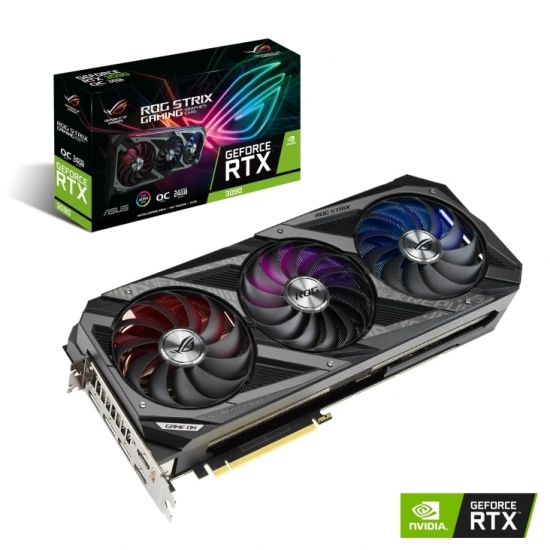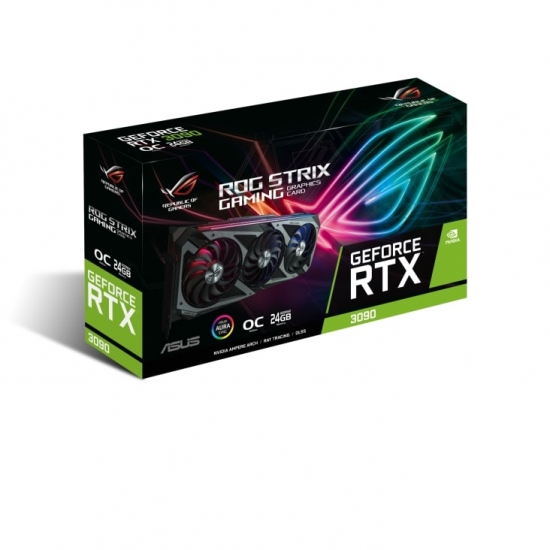 ქარ
ქარ
- Home Appliances, Tools and Household Goods
- Consumer Goods & Electronics
- Products & Solutions for Enterprises
- Toys & Goods for Kids
- ყველა ბრენდი
- წვრილი ტექნიკა და ინსტრუმენტები
- სამომხმარებლო ელექტრონიკა და ტელევიზორები
- სისტემური ინტეგრაცია
- საბავშვო პროდუქცია და სათამაშოები
- Cookware
- Food storage containers
- Containers for spices and liquids_
- Drinkware
- Bottles for water
- Bakeware
- Посуда для сервировки стола
- Table mats
- Table setting accessories
- Knives_
- Trays_
- Cooking utensils
- Peelers, non-standard knives and manual hammers_
- Spoons, spatulas_
- Potato mashers_
- Sieves and colanders_
- Kitchen scissors_
- Skimmers_
- Graters and manual food processors_
- Mixing bowls and containers, measuring accessories_
- Sets of kitchen accessories_
- Ladles_
- Cutlery
- Storage accessories
- UPS and accessories
- Sources of uninterruptible power supply
- Gaming products
- Gaming PCs and hardware
- Processors for gaming
- Game consoles and accessories
- Gaming peripherals and accessories
- Glasses for computer
- Game collectible figurines and accessories
- Computer peripherals
- Computer components
- Media tablets
- Monitors
- Drives and Flash-memory
- Laptops & Accessories
- Accessories and options for computer and office electronics
- Cleaners
- Компьютерные столы
- Travel goods
- Accessories for kumping, tourism and outdoor activities_
- Travel bags and suitcases
- Tactical gear and equipment
- Радіообладнання та навігація
- Годинники тактичні
- Tactical equipment
- Military gloves
- Personal heating equipment
- Chemical heating
- Backpacks, bags, duffle-bags
- Sling bags
- Camping equipment
- Karrimat and mattresses
- Tactical clothing and footwear
- Raincoats
- Tactical shovels
- Chemical light
- Toys
- Bath toys
- Toys for sand
- Playing Kits
- Toy transport
- Toy weapons
- Game Figures and Accessories
- Construction sets
- Dolls
- Puppet show
- Doll accessories
- Stuffed Toys
- Board games
- Puzzles
- Вeanbag
- Radio-controlled cars
- Learning toys
- Creativity
- Music and storage boxes
- String musical instruments_
- Wind musical instruments_
- Percussion musical instruments_
- Other musical instruments_
ASUS GeForce RTX 3090 24GB GDDR6X STRIX GAMING OC
| Type of packaging | Box |
| Connection | PCI-E v4.0 |
| The maximum resolution of the video card | 7680 x 4320 |
| Cooling | active (cooler) |
| Type of memory | GDDR6X |
| Memory | 24 GB |
| Frequency memory | 19500 МГц |
| Memory bus | 384 bit |
| Graphics Card Type | Game |
| Type of packaging | Box |
| Connection | PCI-E v4.0 |
| Maximum connected monitors | 4 |
| The maximum resolution of the video card | 7680 x 4320 |
| Is a slot | 2.9 |
| HDCP |
 v.2.3 v.2.3
|
| Cooling | active (cooler) |
| Quantity of fans | 3 pcs |
| Type of memory | GDDR6X |
| Memory | 24 GB |
| Frequency memory | 19500 МГц |
| Memory bus | 384 bit |
| Number of CUDA Cores | 10496 |
| HDMI port | 2 pcs 2.1 |
| Ports DisplayPort | 3 pcs 1.4a |
| External power connector | 3 x 8-pin |
| OpenGL version | 4.6 |
| Recommended power supply unit power, W | 850 |
| The length of the video card | 318.5 mm |
| Backlight |

|
| სიგანე | 140 მილიმეტრი |
| სიმაღლე | 290 მილიმეტრი |
| სიგრძე | 450 მილიმეტრი |
| წონა | 2.97 კგ |
| მოცულობა | 0.0183 მ3 |
| გარანტია | 36 თვე |
ჩვენ მოგწერთ ელ.ფოსტაზე, როგორც კი პროდუქცია იქნება გაყიდვაში!
TAKE FLIGHT
From top to bottom, the ROG Strix GeForce RTX™ 3090 has been radically improved to accommodate the impressive new Ampere chips from NVIDIA and to deliver the next wave of gaming performance innovation to the market. A fresh design and more metal surrounds a grouping of Axial-tech fans. Last gen's uniform fan layout has been usurped by a new rotation scheme and specialized roles for central and auxiliary fans. Below the blades, a larger, more impressive heatsink is ready for the most demanding thermal loads. The PCB has some new tricks up its sleeves, and even the backplate has received some performance-boosting changes. You've been waiting for the latest and greatest in GPU design - and this is it.
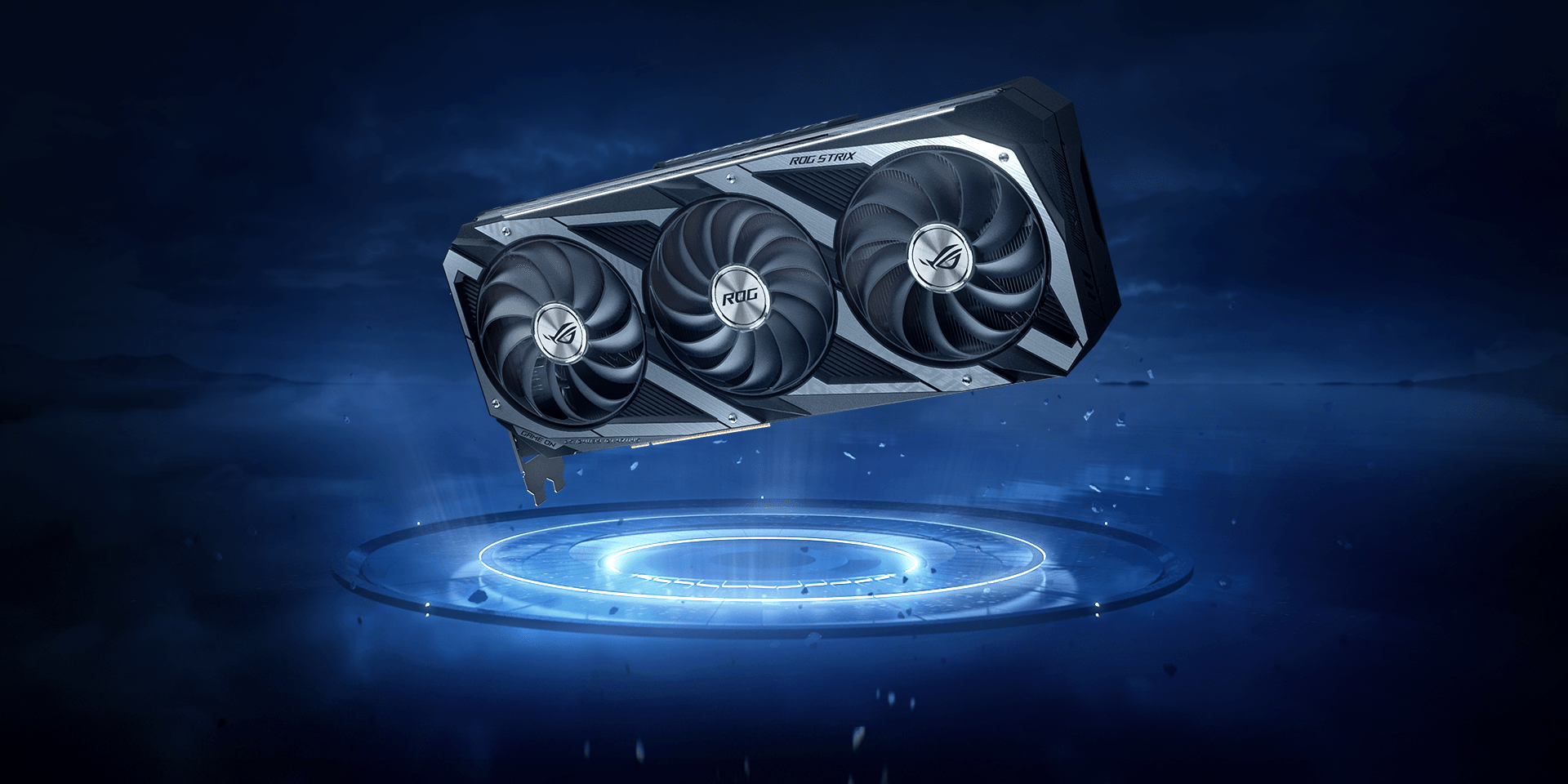
AXIAL-TECH UPGRADES
Our Axial-tech fan design has been optimized for a new, larger heatsink that features more fins and surface area than last gen. The blade count has been increased on all three fans, with 13 on the center fan and 11 on the auxiliary fans. The barrier ring on the side fans has been slimmed down to allow for more lateral intake and to provide better airflow through the cooling array. The center fan's extra blades and full-height ring provide boosted static pressure to blast air directly onto the GPU heat spreader.
MAXCONTACT
To get heat up off the die and into the heatsink array to benefit from the new fan design requires special attention. We use a manufacturing process that polishes the surface of the heat spreader to improve smoothness at the microscopic level. The extra flatness allows for better contact with the die for improved thermal transfer.

2.9-SLOT DESIGN
The heat spreader draws heat up into heatpipes that carry it through a fin stack that fills a large 2.9-slot footprint. Increasing the heatsink size compared to the last generation provides more thermal headroom to account for the new high-performance chipset.
FUNCTIONAL FRONT
Careful attention has been paid to the front of the GPU, as it's the most visible part of the card in typical configurations. A new addressable RGB element can be customized with Armoury Crate to create a uniform look along with other ROG components. To fulfill the power demands of the GeForce RTX 3090, three 8-pin power connectors are present, along with an onboard circuit that monitors PSU rail voltage. The circuit is fast enough to catch any transients that result in the rail voltage dropping too low. If that happens, a red LED will light up to indicate a power supply issue. The Strix's reinforced metal frame is also visible here, adding a literal layer of durability.
GPU TWEAK II
The ASUS GPU Tweak II utility takes graphics card tuning to the next level. It allows you to tweak critical parameters including GPU core clocks, memory frequency, and voltage settings, with the option to monitor everything in real-time through a customizable on-screen display. Advanced fan control is also included along with many more features to help you get the most out of your graphics card.
